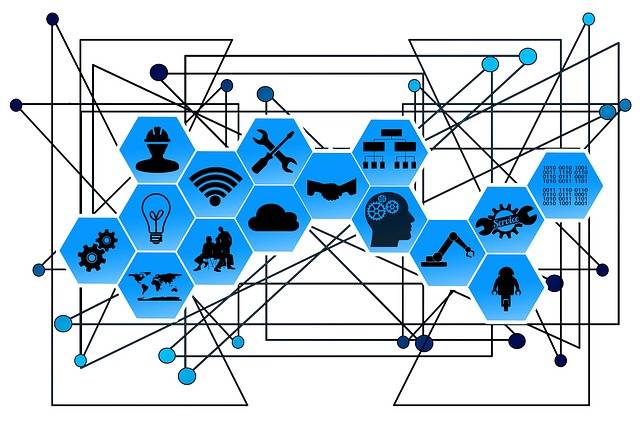The Impact of AI on Wildlife Poaching Detection and Deterrence
Artificial Intelligence (AI) technology has revolutionized the way wildlife conservation efforts are carried out around the world. Its ability to analyze vast amounts of data quickly and accurately has significantly improved monitoring and protection of endangered species. By using AI-powered tools such as drones and cameras, conservationists can now track and study animals in their natural habitats in real-time, allowing for more effective conservation strategies.
Furthermore, AI technology plays a crucial role in predicting and preventing wildlife crimes such as poaching and illegal logging. Machine learning algorithms can analyze patterns and identify potential threats, enabling law enforcement agencies to proactively intervene and protect vulnerable species. This proactive approach not only helps in combating illegal activities but also deters potential offenders, ultimately contributing to the preservation of biodiversity and fragile ecosystems.
Challenges of Poaching Detection
Poaching detection poses numerous challenges in the realm of wildlife conservation. One of the primary obstacles is the vast, often remote areas where poaching occurs, making it difficult for traditional monitoring methods to cover every inch of land. Additionally, poachers are becoming increasingly sophisticated in their methods, utilizing advanced technology and tactics to evade detection.
Despite efforts to combat poaching, the illegal wildlife trade continues to thrive due to lack of adequate resources and manpower. Furthermore, corruption within law enforcement agencies can hinder effective detection and prosecution of poachers. These challenges highlight the need for innovative solutions, such as the integration of AI technology, to enhance the efficiency and effectiveness of poaching detection efforts.
Benefits of Using AI in Wildlife Protection
AI technology has revolutionized the field of wildlife protection by enhancing the efficiency and effectiveness of conservation efforts. Through the use of advanced algorithms and machine learning, AI allows for the analysis of vast amounts of data in real-time, enabling conservationists to quickly detect and respond to threats facing endangered species. This technology has significantly improved monitoring capabilities, enabling conservationists to track and protect wildlife more accurately and comprehensively than ever before.
Additionally, AI plays a crucial role in predicting and preventing potential threats to wildlife populations. By analyzing patterns and trends in data, AI can help identify areas at high risk of poaching or habitat destruction, allowing for proactive measures to be implemented to safeguard vulnerable species. This proactive approach not only helps prevent harm to wildlife but also promotes sustainable conservation practices for long-term preservation of biodiversity.
AI technology enhances the efficiency and effectiveness of conservation efforts
Advanced algorithms and machine learning analyze vast amounts of data in real-time
Conservationists can quickly detect and respond to threats facing endangered species
Monitoring capabilities have significantly improved, allowing for more accurate tracking and protection of wildlife
Additionally, AI plays a crucial role in predicting and preventing potential threats to wildlife populations. By analyzing patterns and trends in data, AI can help identify areas at high risk of poaching or habitat destruction, allowing for proactive measures to be implemented to safeguard vulnerable species. This proactive approach not only helps prevent harm to wildlife but also promotes sustainable conservation practices for long-term preservation of biodiversity.
How does AI technology help in wildlife conservation?
AI technology helps in wildlife conservation by enabling real-time monitoring and data analysis, which helps in identifying and tracking endangered species, detecting poaching activities, and improving conservation efforts.
What are some challenges of poaching detection in wildlife protection?
Some challenges of poaching detection include the vast and remote areas where poaching activities often take place, limited resources for manual monitoring, and the ability of poachers to adapt and evade traditional detection methods.
What are the benefits of using AI in wildlife protection?
The benefits of using AI in wildlife protection include improved accuracy and efficiency in monitoring and tracking wildlife populations, faster detection of poaching activities, enhanced data analysis for conservation planning, and the ability to predict and prevent future threats to endangered species.






